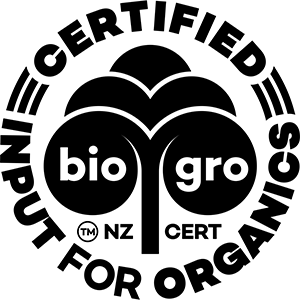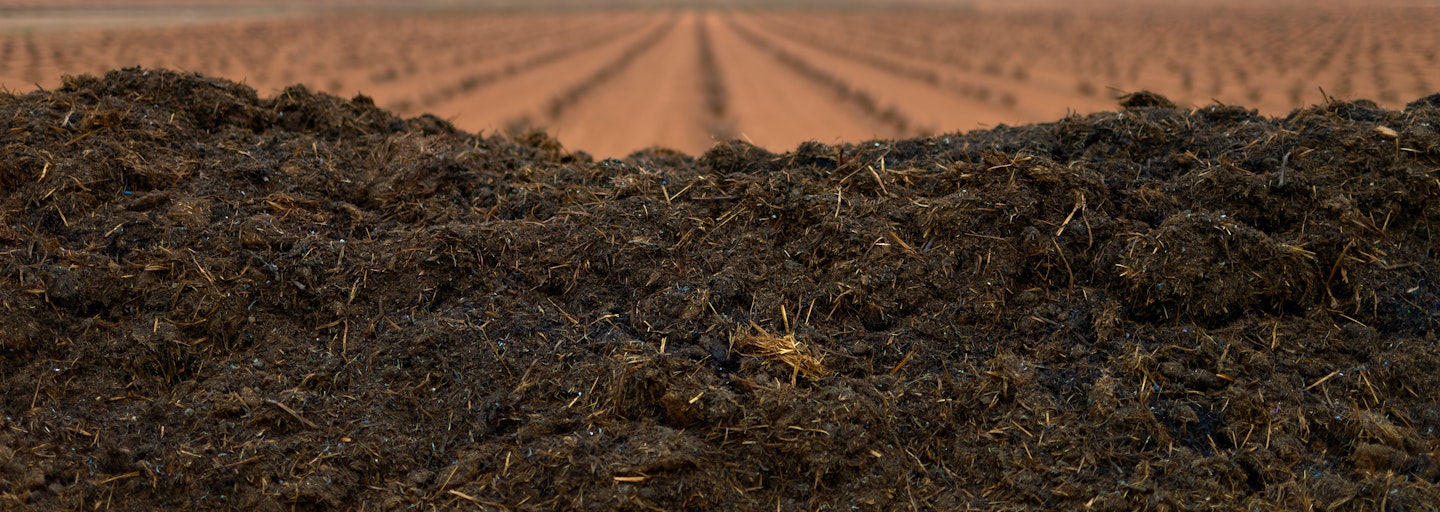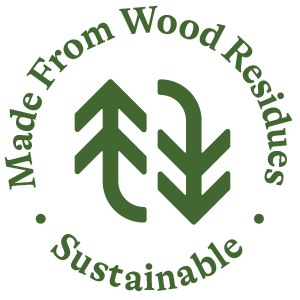Soil health
We partner with commercial growers across the South Island, providing compost and potting mix for long-term soil health and high quality fruit. Helping improve soil health for a more sustainable future.
Viticulturists guide to soil healthRepurposing natural residues for good
All Azwood products, including our commercial compost and potting mixes, are made from natural wood residues that would otherwise end up in dump sites or landfills.
As part of a circular economy, we provide environmental cleanup services and use the wood residues we collect to manufacture natural products. We are helping growers improve the conditions of their soils for sustainable growth.
Why AzwoodSustainability
At Azwood, we are committed to being environmentally responsible and creating a world where we give natural waste another purpose.
Sustainability is central to everything we do. From sourcing materials, managing production processes, and working closely with suppliers and partners.
Sustainability at AzwoodImproving soils for a better future
Azwood is your soil health partner
Tailored solutions for all your large-scale growing needs
Quality growing media made for commercial applications
Full access to our spreading application partners and spreader unit rentals
Bulk delivery options available throughout the South Island
Schedule direct pick up from our Nelson Tasman yard
Offering a range of commercial products to meet your needs
 BioGro Organic certified compost free from chemicals, herbicides, sprays, and fungicides
BioGro Organic certified compost free from chemicals, herbicides, sprays, and fungicides- Mulch options for weed suppression and moisture retention
- Custom potting mix for seedlings and germination
- Blend your organic waste; grape marc or other grower's waste and repurpose these residues into compost
International certifications
Many of our compost products are organically certified through BioGro. The BioGro-Certified symbol guarantees organic certification, which requires international organic regulations to be met through a full organic certification process (USDA, JAS, COR, EU, etc.).
BioGro Organic certificationSupply guaranteesThe BioGro logo is an assurance that it’s genuine and that every input used in the production of organic products has been rigorously assessed, tested and controlled to align with organic values and integrity.
Luca Fant
Auditor
BioGro New Zealand
Healthy soil mixes for commercial planting
We repurpose natural materials such as sawdust from sawmills, manures and fungi, animal bi-products, and green waste. These ingredients form the base of our commercial soil mixes and provide a nutrient-rich foundation for growing.
Potting mix rangePeach Island Nursery uses a custom mixLooking to purchase at a smaller scale?
Find a retailer
Our products are available at retailers across the South Island. Use the interactive map to find a retailer that stocks Azwood products near you.
Find a retailerRebuild your soil health
Here in New Zealand, we’ve been farming for generations. And we need more from our soils than ever before. Composting is one of the best ways to rebuild soil health. It's also the best way to sustain and enhance soils for future generations.
Here are the benefits of a commercial compost application to rebuild your soil health.
- 01
Enhanced crop quality for taste, size and nutritional value
- 02
Improved soil fertility by adding essential nutrients and organic matter
- 03
Promote crop health with reduced plant diseases and pests
- 04
Improve soil moisture and water retention to plants
- 05
Natural alternatives to fertilisers and harmful chemicals for suppressing weeds
Compost is a natural product that supports the microbiology in the soil. The benefits of compost application go well beyond the nutrient value. It improves soil structure and function, leading to better plant health and performance.
Lachy Hynd
Soil Health Consultant
Soil Matters
Invest in your soil today

- Condition your soilsWith a compost or mulch application, a blending media, or potting mixSubmit an product enquiry
Hear from growers
Sign up
Get the latest from Azwood
Want the latest composting tips, inspiration, and our latest news delivered to your inbox?






